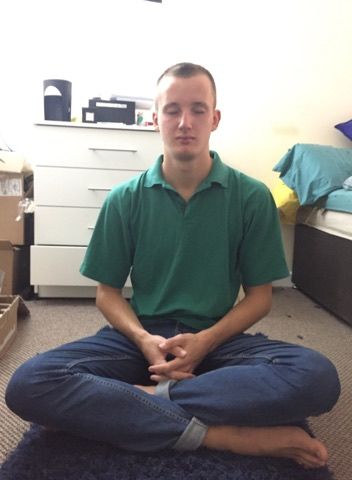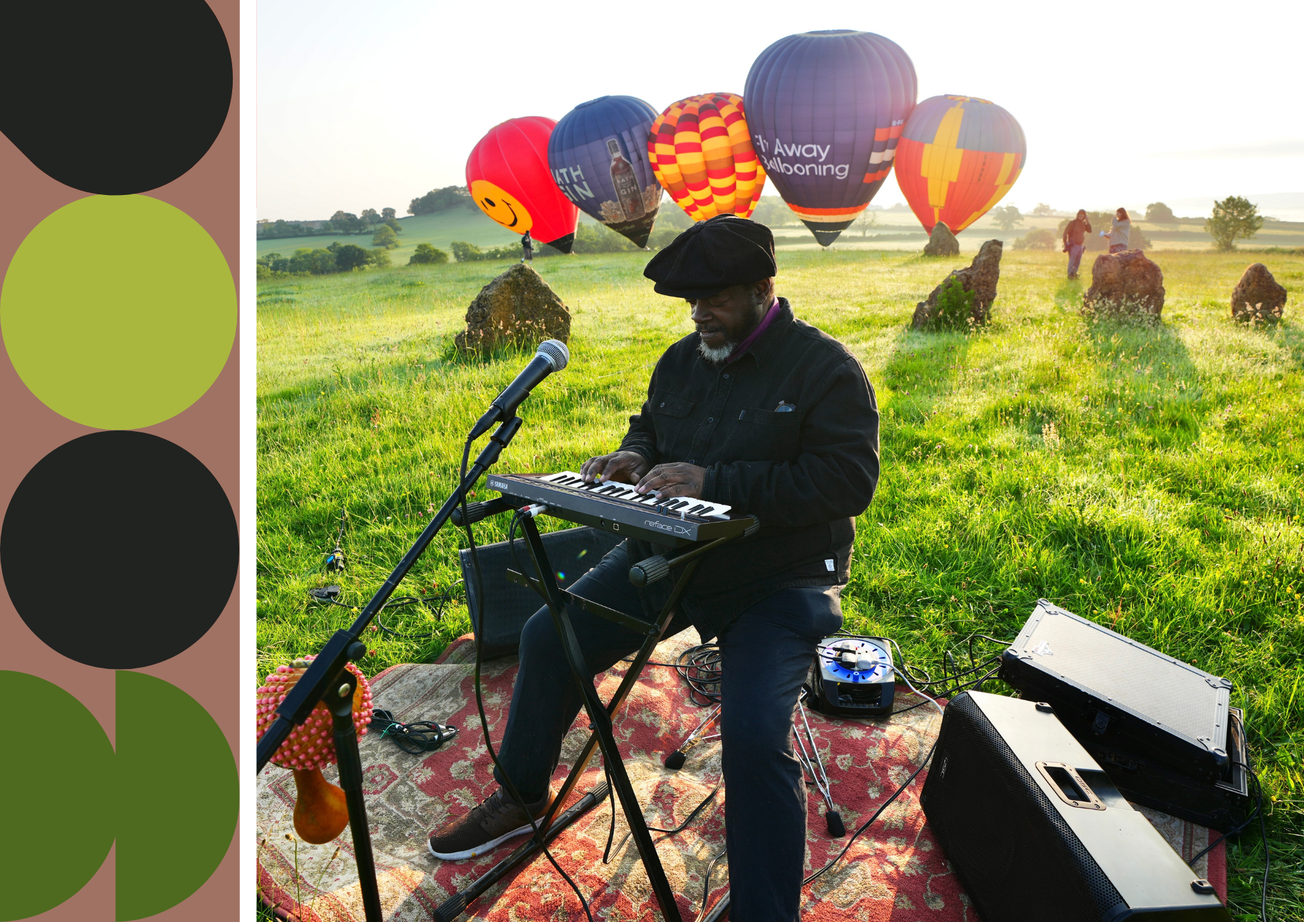By Toby Barnes, Second Year History
The Croft Magazine // Healthcare apps are a useful guide to aid meditation. Toby discusses the benefits and challenges of using technology for mindfullness.
I take a seat on the floor of the Multifaith Chaplaincy Building, before closing my eyes – beginning my morning meditation. So, how did I get here? Specifically, how had Buddhist teachings reached a university student in the south-west of England?

In my case, the answer was Headspace. The healthcare app – co-founded by Andy Puddicombe in 2012, intends on demystifying meditation, making it more accessible to a Western audience.
Headspace has a simple and admittedly gratifying formula – it uses a combination of videos and audio-meditation-guides to teach on topics such as healthy eating, dealing with stress and sleep.
I used Headspace for 10 days...to see if I would become more focused, less stressed and generally a happier person.
One internal study found that in just 10 days of using Headspace – a person’s stress was reduced by 14 per cent. Currently, there are over 65 similar research projects being conducted on Headspace, many of which point towards the benefit of using the app.
As the University of Bristol continues to grapple with its own mental health crisis, alternative methods of stress-relief, such as Headspace – have never been so important.
Having had some trouble with my own mental health, I decided to download the app and give it go. I used Headspace for 10 days so as to complete the ‘basics’ training, to see if I would become more focused, less stressed and generally a happier person.
The meditations that I did were all simple, I would be asked to: focus on breathing, to scan my body for tension or to visualize my thoughts.
During one session, notifications on my phone continued to interrupt, before finally – I got up and ended the meditation.
Having a voice guide me through the meditations gave me greater focus than when I have practiced self-guided meditation. It was also very easy, although I am someone that finds it difficult to commit themselves, I had no excuse to get out of bed and do a 10-minute meditation.
Perhaps, the most important feature of Headspace is that it removes the feeling of self-consciousness associated with larger group meditations. A study from 2014 found that in a survey of 500 English-speaking adults, the majority preferred an internet format of mindfulness intervention to a group format.
However, there were instances when technology got in the way. During one session, notifications on my phone continued to interrupt, before finally – I got up and ended the meditation.

I was also aware that my mental state was dependent upon an app, the advantage of self-guided meditation is that you have the agency. Therefore, I didn’t have the same feeling of self-control.
Yuval Noah Harari, the author of Homo Deus: A Brief History of Tomorrow has recently expressed that the use of healthcare apps such as Headspace, represents a growing dependence upon technology.
It seems unlikely that we will become less dependent on technology any time soon. Therefore, we should think pragmatically, incorporating more healthy habits when using technology. With healthcare apps providing one possible avenue.
Headspace is not advertised as the ‘solution’ to mental health problems, it simply offers to alleviate some of the symptoms. Perhaps, it is best seen as a stepping stone towards further practice of meditation.
So, as I sat there on the floor of the Multifaith Chaplaincy Building, I knew that I still had questions, though I also knew that Headspace had helped me on my journey in finding some answers.
Featured: Unsplash / JD Mason
Find The Croft Magazine inside every issue of Epigram Newspaper









